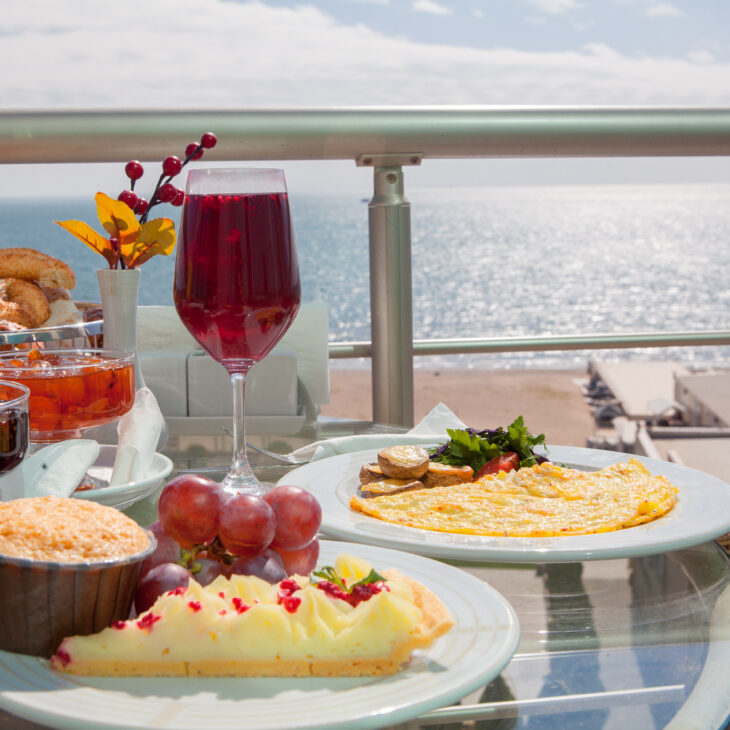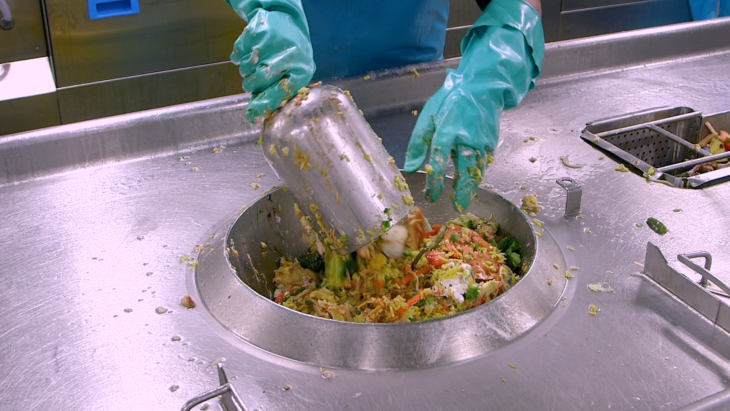Catering on cruise ships has always needed to be efficient, large-scale and consistent. But over the past few years, guest expectations have changed, and so has the way catering is managed. Food is no longer just a functional part of the voyage. For many guests, it’s a defining part of the experience. Cruise lines now face pressure to deliver dining that feels more personal, flexible and aligned with different tastes, cultures and dietary needs.
Greater Demand for Personalisation

One of the biggest shifts is the need for meals that reflect personal preferences. Guests expect more control over what they eat, when they eat and how meals are prepared. This has influenced how catering teams plan menus and manage stock. It’s no longer enough to offer one or two vegetarian or gluten-free options. Full menus are now designed to support everything from plant-based diets to low-sodium, keto and allergen-free meals.
To deliver this level of customisation at scale, catering operations have had to become more data-driven. Pre-boarding systems often collect information about dietary requirements in advance. Onboard, digital ordering systems and table management software help kitchen staff prepare the right meals at the right time. These systems are especially important on larger ships with thousands of passengers and multiple dining venues.
More Flexible Dining Formats
Traditional cruise catering operated around set dining times in fixed locations. But guests want more freedom to eat when and where they like, without being tied to a schedule. This has led to a shift away from formal dining in favour of “anytime dining” options.
In addition to à la carte restaurants, ships now feature QSRs (quick service restaurants), multi-cuisine buffet lines and grab-and-go counters. These options require different preparation and delivery methods, including more frequent replenishment, better temperature control and streamlined cleaning procedures. Behind the scenes, kitchen teams need to adapt their workflows to deliver high-quality food in smaller batches throughout the day rather than focusing on just two main sittings.
Supply Chain, Storage and Logistics
Adapting to new guest behaviours brings added complexity. Galleys must be able to scale up or down based on demand, which can vary widely depending on the itinerary, day of the week or even the weather. Storage and waste management also play a major role, particularly as ships aim to reduce their environmental impact.
Food must be stored properly for long journeys without sacrificing freshness or safety. Many cruise ships are now investing in better refrigeration systems, vacuum sealing equipment and smart inventory management to keep stock levels accurate and reduce spoilage.
Deliveries to the ship must also be carefully planned. Suppliers need to meet food safety and quality standards, often across multiple international ports. Delays at customs or incorrect manifests can disrupt galley operations, so catering teams often work with port agents and bonded suppliers familiar with maritime protocols.

Galley Technology
Modern cruise ship galleys now rely on a mix of digital tools to improve accuracy and efficiency. Recipe management software helps maintain consistency across different dishes and dining venues. Systems can also calculate nutritional values, allergen content and portion sizes, which is important when serving large and diverse groups.
Some ships use kitchen display systems (KDS) to streamline communication between front and back of house. These replace handwritten tickets, which reduce the chance of errors, especially when dealing with special requests. Staff in each part of the kitchen – from prep to plating – can see the order queue and communicate more clearly. These changes speed up service, improve accuracy and reduce food waste.
Catering For Crew As Well As Guests
Crew catering must also be considered. The catering team is often responsible for preparing thousands of meals every day for staff and officers who are working long shifts at sea. These meals need to meet different nutritional requirements, take into account cultural preferences and be delivered in ways that fit around work schedules.
Unlike guest meals, which are part of the experience, crew meals must be practical and fuel-focused. But the same logistical challenges apply – especially when it comes to food safety, stock rotation and menu variety. This part of the operation often runs on a completely separate schedule, with its own cooking lines and storage areas.
Sustainability and Reducing Food Waste

Sustainability is now a key part of cruise catering operations. Guests increasingly expect cruise operators to manage food waste responsibly and reduce their overall environmental footprint. Catering teams are responding by designing menus that use more seasonal ingredients and by preparing meals in smaller batches to cut waste.
Some ships are introducing composting systems or food dehydrators to reduce the weight and volume of food waste before it’s offloaded. Others are working with suppliers to reduce packaging or switch to reusable containers.
There’s also growing interest in locally sourced food, particularly on cruises that visit regions known for fresh produce or unique cuisine. This can reduce transport emissions and improve the freshness of the food served onboard.
Final Thoughts
Cruise catering is moving towards more responsive, tech-enabled systems that can handle a greater level of complexity without slowing down service or compromising quality. While the scale of these operations is immense, the goal remains simple: to provide a dining experience that meets modern expectations and reflects the growing diversity of the people who travel.
Behind the scenes, this requires planning, coordination and constant adaptation. As guest preferences continue to evolve, so too will the systems, teams and strategies used to serve them.
